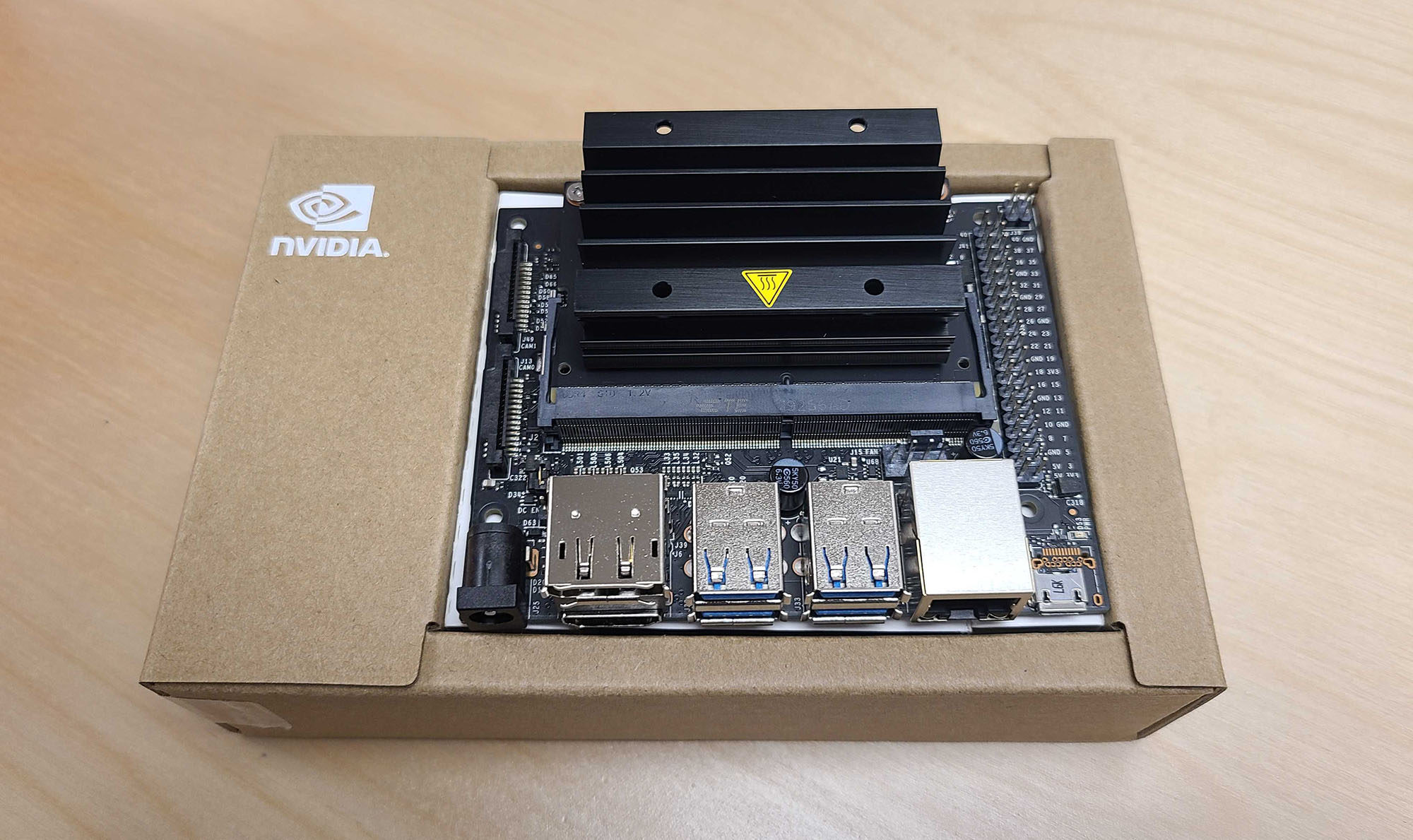As we start a new school year, many students – both in high school and college – will be learning a new language. For most of my life, I have been fascinated with foreign languages and spend time every day honing my skills. While I spend much time learning from books, there are some great tools for the more tech savvy that can make language learning more fun.
Pimsleur Language Programs
One of my favorite tools, particularly for working toward conversational skills, is Pimsleur. Their product typically provides 30 half-hour recordings that guide the listener from no language skill through the path to conversational knowledge. I used Pimsleur Chinese 1-4 to help improve my Chinese proficiency – and was pleased with the results. While Pimsleur can be expensive, it’s probably one of the best tools if your ultimate goal is fluency. Note, while they have traditionally been a CD-based program, they have have an app too.
Duolingo
Another favorite for language learning is Duolingo. This is probably the best-known mobile application for language development. Duolingo offers a variety of languages from typical European languages such as German, French, and Spanish to less common languages such as Yiddish and even fictional languages like Klingon. In my experience, Duolingo works best with languages sharing our alphabet. But if you’re willing to work a little harder, their Asian language tools are pretty awesome too. Duolingo has some really nice features such as weekly competitions on the leaderboard and some social aspects too.
Japanese Dungeon
As I’ve started trying to learn Japanese, I came across this app. It’s particularly fun as it’s a good mix of game and learning. This particular tool is great for learning the Japanese scripts. In addition to Japanese Dungeon, versions exist for Korean, Russian, and a variety of European languages. What makes this app so fun is that it plays like an 8-bit game where you fight orcs. Get a character right and you hit an orc. Otherwise, you will be hit. As you progress, you can unlock more characters with different stats and level your character up to deal more damage.
Other Tools
The above are my current favorites. However, there are countless other tools out such as Rosetta Stone, Hello Chinese, Drops, and too many others to enumerate. So, if you are looking to expand your language skills, head to your mobile app store and get learning!








